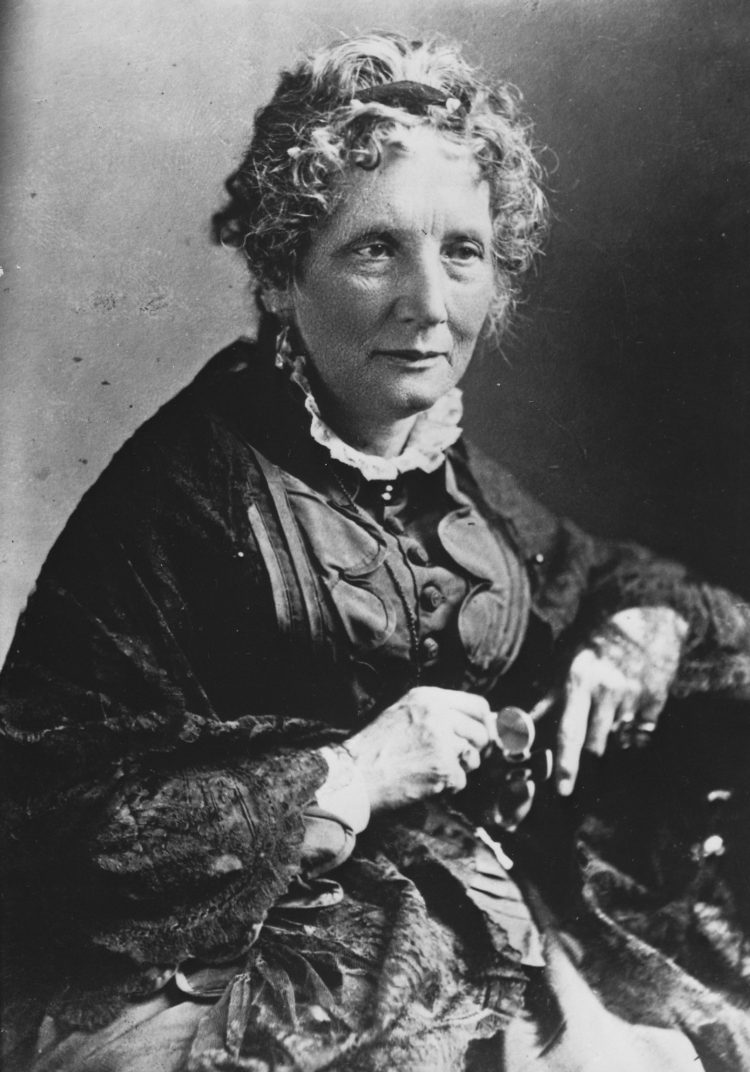Abolitionist and Author of Uncle Tom’s Cabin Harriet Beecher Stowe published more than 30 books, but it was her best-selling antislavery novel Uncle Tom’s Cabin that brought her worldwide fame and a very secure place in history. She also wrote biographies, children’s text books, and advice books on homemaking and childrearing. The informal style of her writing enabled her to reach audiences that more scholarly works would not. Early Years Harriet Elisabeth Beecher was born June 14, 1811 in Litchfield, Connecticut to the Rev. Lyman Beecher and Roxanna Foote Beecher; the sixth of 11 children. She was called Hattie by her brothers and sisters. Roxanna Beecher died when Harriet was only five years old, and her oldest sister Catharine became…
